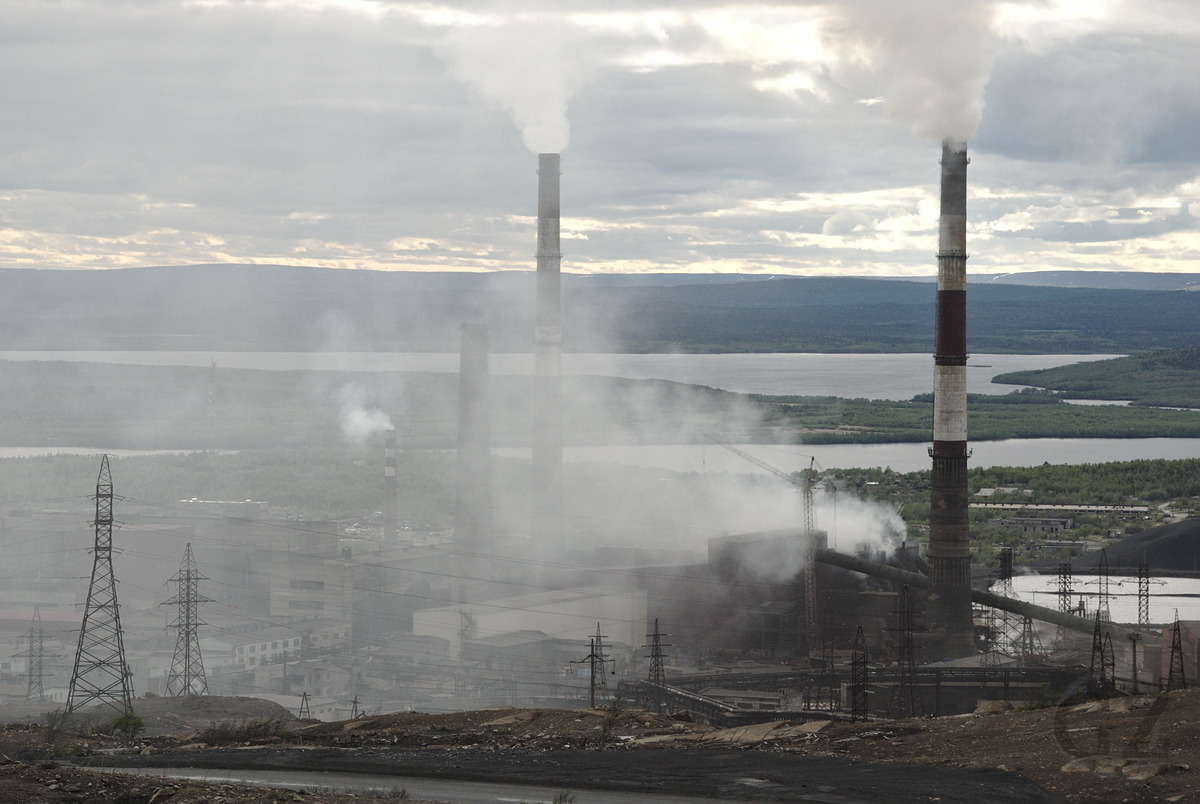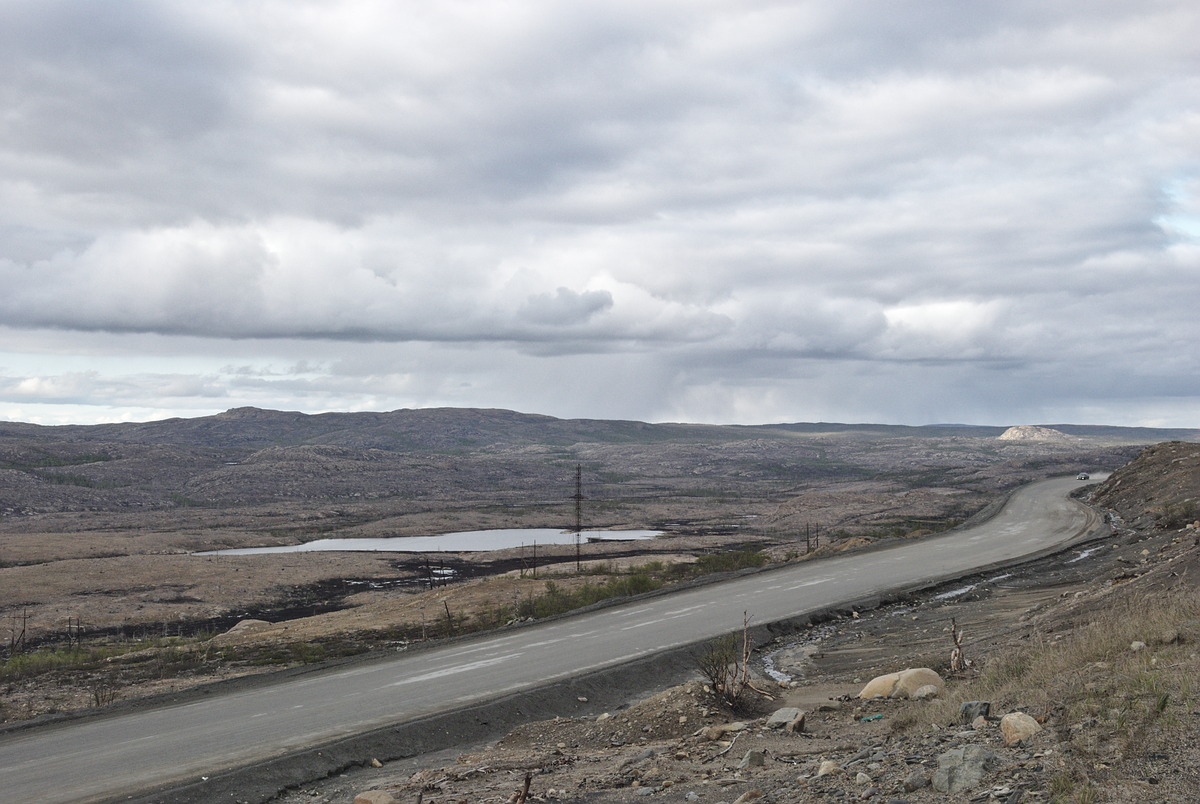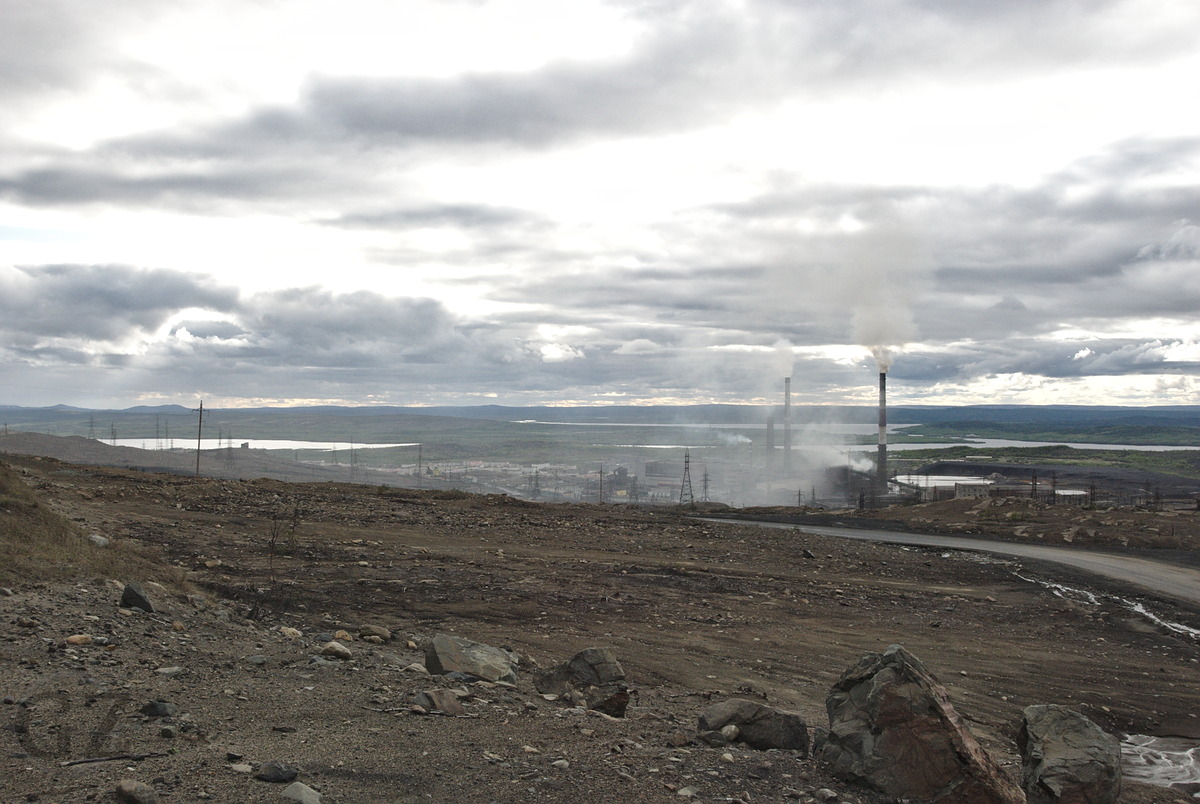Two weeks ago I joined this year's edition of the annual traveling symposium Calotte Academy. It was already my fourth participation in this event. The Calotte Academy is a great venue to discuss ongoing research of the participants. One of the characteristics that makes it so grand is that there is plenty of time reserved for discussions, putting the participants presentations a little bit into the background. This is a refreshing alternative to conferences, where usually only very limited time is available to discuss the findings of the presenters. Another advantageous characteristic is its inclusiveness to various local stakeholders in the numerous places where the sessions are being held. The core participants travel together by bus, which further increases the possibility to discuss projects or share findings. But traveling together by bus also allows to visit different sites. This year our journey, on which we traveled over 1400 kilometers through Lapland and where we visited three countries (Finland, Russian Federation, Norway), also brought as through the mining towns of Apatity, Nikel and Kirkenes.
Particularly the way between Murmansk and Nikel is most exciting: In this area the Russian Northern Fleet has numerous military bases where many of their nuclear submarines are stationed – some of these installations can even be seen from the road, far on the horizon. Furthermore, the ride brings one close by to several on land military bases. This region, however, is not only of military importance in the presence, but also has been an area of heavy fighting during the second world war: According to some historians up to 40.000 soldiers found their death in the Litsa valley, which marked the front line between German and Finnish soldiers on the one side and Russian soldiers on the other side, between 1941 and 1944. Today a monument with the names of many of the fallen Russian soldiers reminds on these horrible events. Also in Murmansk the Alyosha war memorial, which can be seen from many parts of the city, reminds on the fallen soldiers from the second world war.
While the Kola peninsula became the grave of many soldiers during the war, the region is characterized by another catastrophe in the presence: The peninsula holds numerous minerals and thus is famous for its mining sector. Mining is very evident for example near the Khibiny mountains, like in Kirovsk or Apatity. While the mines leave an obvious footprint in the area, the surrounding nature still seems intact and invites for wonderful hiking journeys. However, mining related activities also take place further north and northwest on the peninsula, where the smelters of Nikel and Monchegorsk process some of the extracted minerals from the Pechenga region. Unlike the mines, the smelters leave a much bigger footprint in the area, as the emissions from the plants have devastated the surrounding nature: Hundreds of square kilometers of former blooming Arctic taiga landscape have turned into a desserted scenery, after heavy metals in the soil and acid rain have wiped out the whole flora and fauna from regular operations. To put the dimensions in numbers: The single nickel smelter in the town of Nikel emits four to five times as much sulfur-dioxide than the total emissions of Norway account for. Driving through this devastated area leaves one speechless. As a journalist, who has been traveling with us, stressed: “You need to have been there to understand what has happened.” I cannot agree more.
In any case, traveling along the road between Kirkenes and Murmansk is something really exciting. It visualizes aspects of the current environmental crisis on this planet as well as the horror of the second world war. Traveling by such sites on the other hand motivated me even more to discuss on important topics regarding the regional development, environmental management, and various security aspects. These field visits during the Calotte Academy constitute a great addition to the symposium.





